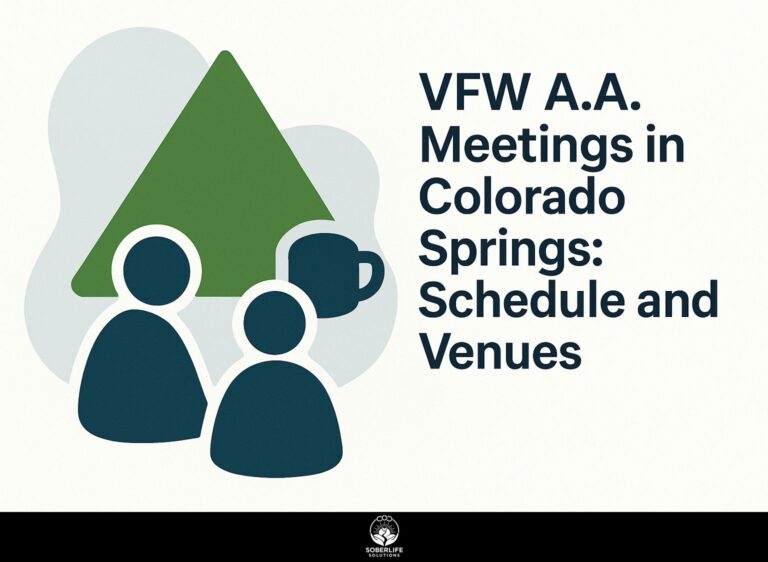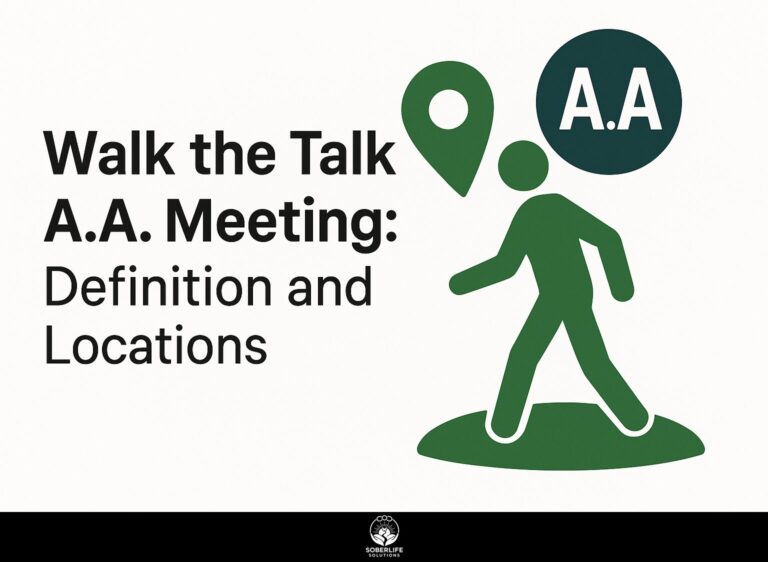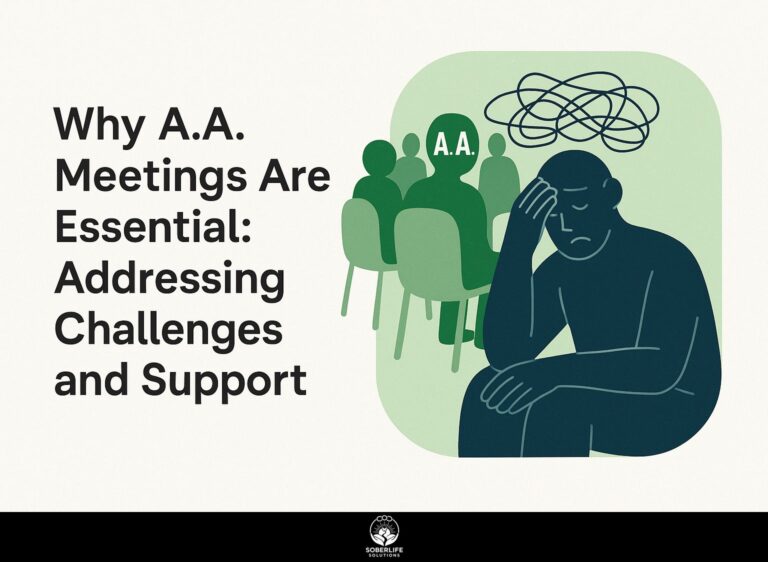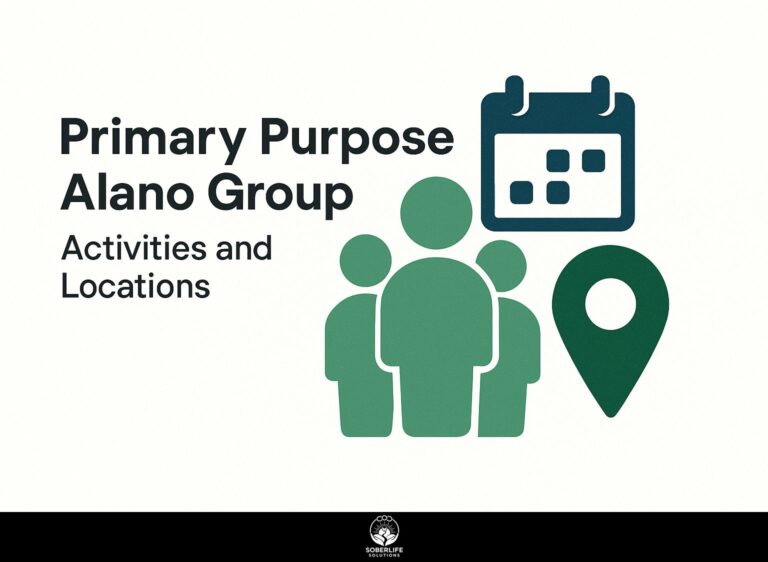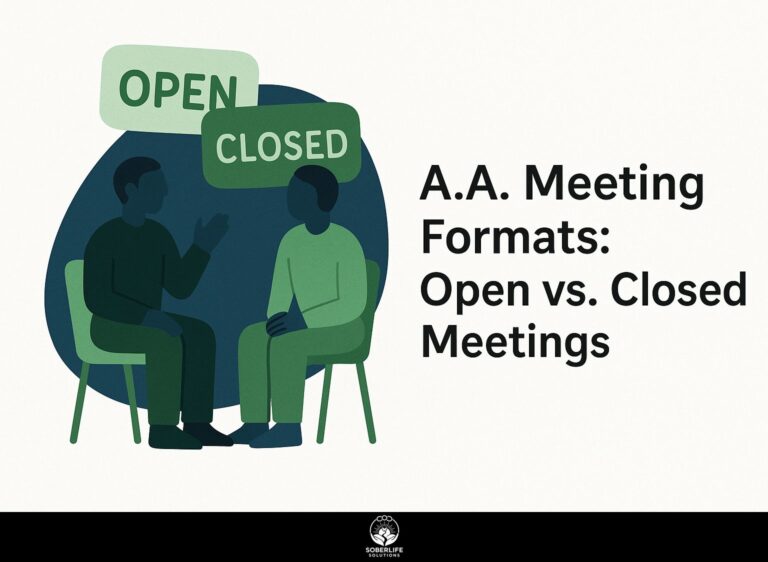Broadmoor 12×12 Step Study: Purpose and Participation
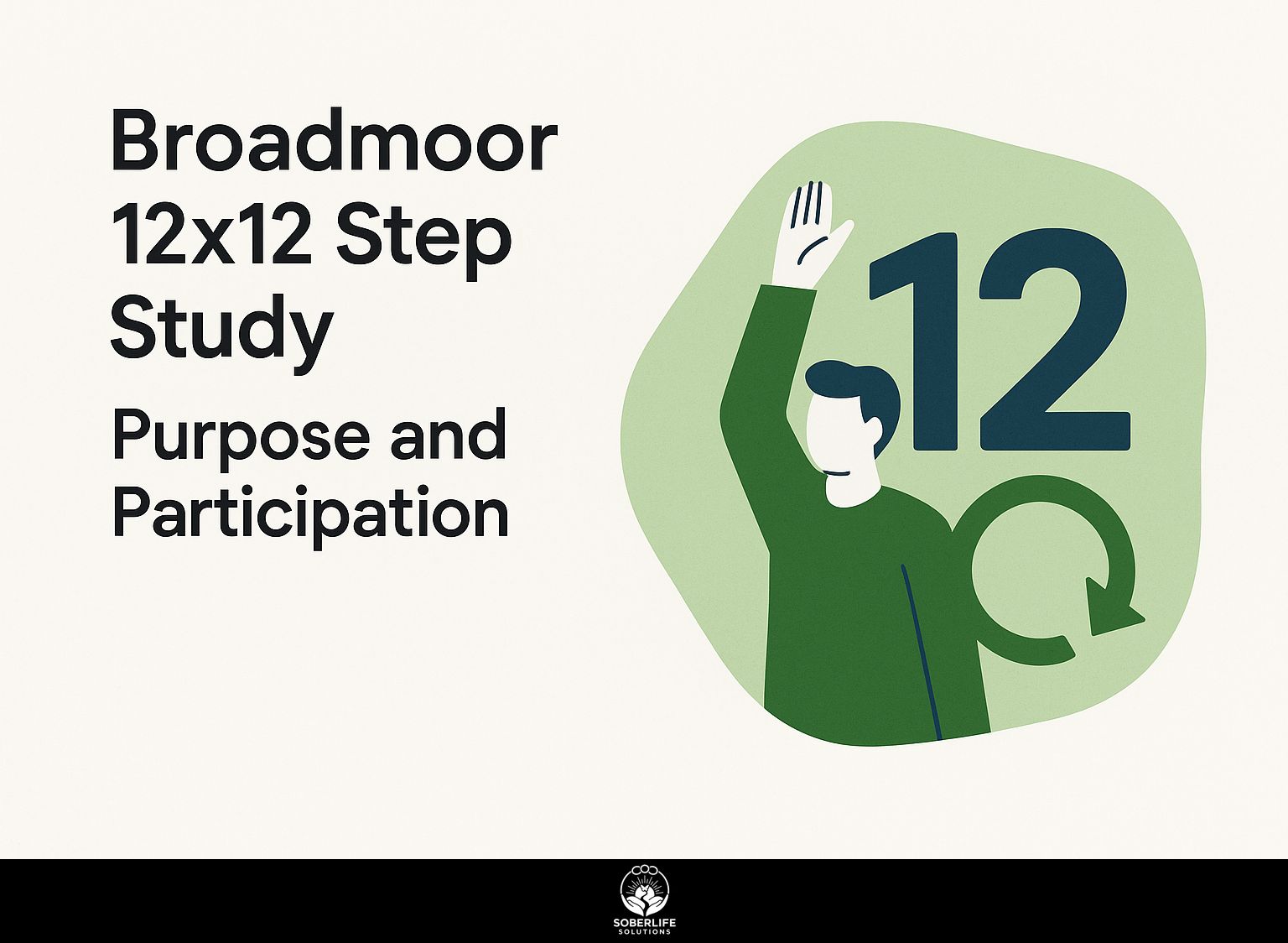
In Colorado Springs, the Broadmoor 12×12 Step Study at Broadmoor Community Church provides a structured path to recovery for adolescents facing substance use disorders, inspired by Alcoholics Anonymous and Narcotics Anonymous. This program delves into the 12 steps and traditions to promote personal healing, spiritual growth, and lasting community bonds. See what it’s for, what you need to join, and the results that help you stay sober.
Key Takeaways:
Overview of Broadmoor 12×12 Step Study
The Broadmoor 12×12 Step Study, hosted at Broadmoor Community Church in Colorado Springs, serves over 150 participants annually in structured sessions dissecting Alcoholics Anonymous and Narcotics Anonymous principles for substance use disorders recovery.
This program follows a structured curriculum centered on AA’s 12 Steps for personal recovery and 12 Traditions for group dynamics, meeting weekly in the church’s fellowship hall. Rooted in the Minnesota Model pioneered by Hazelden Foundation in the 1940s-a blend of AA principles and professional counseling-it emphasizes peer-led discussions over clinical intervention.
A typical English-language meeting starts with a 10-minute serenity prayer and Step reading, followed by 45 minutes of small-group analysis (e.g., exploring Step 4’s moral inventory with worksheets), and ends with 15 minutes of sharing successes. As a free, self-help alternative, it contrasts sharply with outpatient programs costing $5,000-$10,000 annually, making recovery accessible to all via community support.
Historical Background
Founded in 1935 by Bill Wilson and Dr. Bob Smith, Alcoholics Anonymous inspired the Broadmoor 12×12 Step Study in Colorado Springs, which launched in 2005 at Broadmoor Community Church, adapting the Minnesota Model from Hazelden’s 1940s inpatient programs.
AA’s influence expanded rapidly, reaching 2 million members worldwide by 2023.
Narcotics Anonymous (NA) started in 1953 to help people with drug addiction. It follows the same 12-step program as Alcoholics Anonymous (AA).
Locally, Colorado Springs adapted these through church partnerships, like Broadmoor’s weekly sessions fostering peer support and spiritual growth. [Discover the importance of peer support networks in recovery](https://soberlifesolutions.com/peer-support-networks-recovery/) with practical insights into their role. Participants engage in structured discussions of AA’s Big Book principles, applying them to personal recovery goals.
Humphreys’ 2004 study in the Journal of Studies on Alcohol affirms mutual-help groups’ efficacy, boosting abstinence rates. For expanded context on evolving approaches, an in-depth analysis in the International Journal of Drug Policy examines second-wave mutual-help groups and their impact on recovery. The National Institute on Drug Abuse reports 12-step programs reduce relapse by 22% compared to standard care, offering a cost-effective path for sustained sobriety.
Core Purpose of the Program
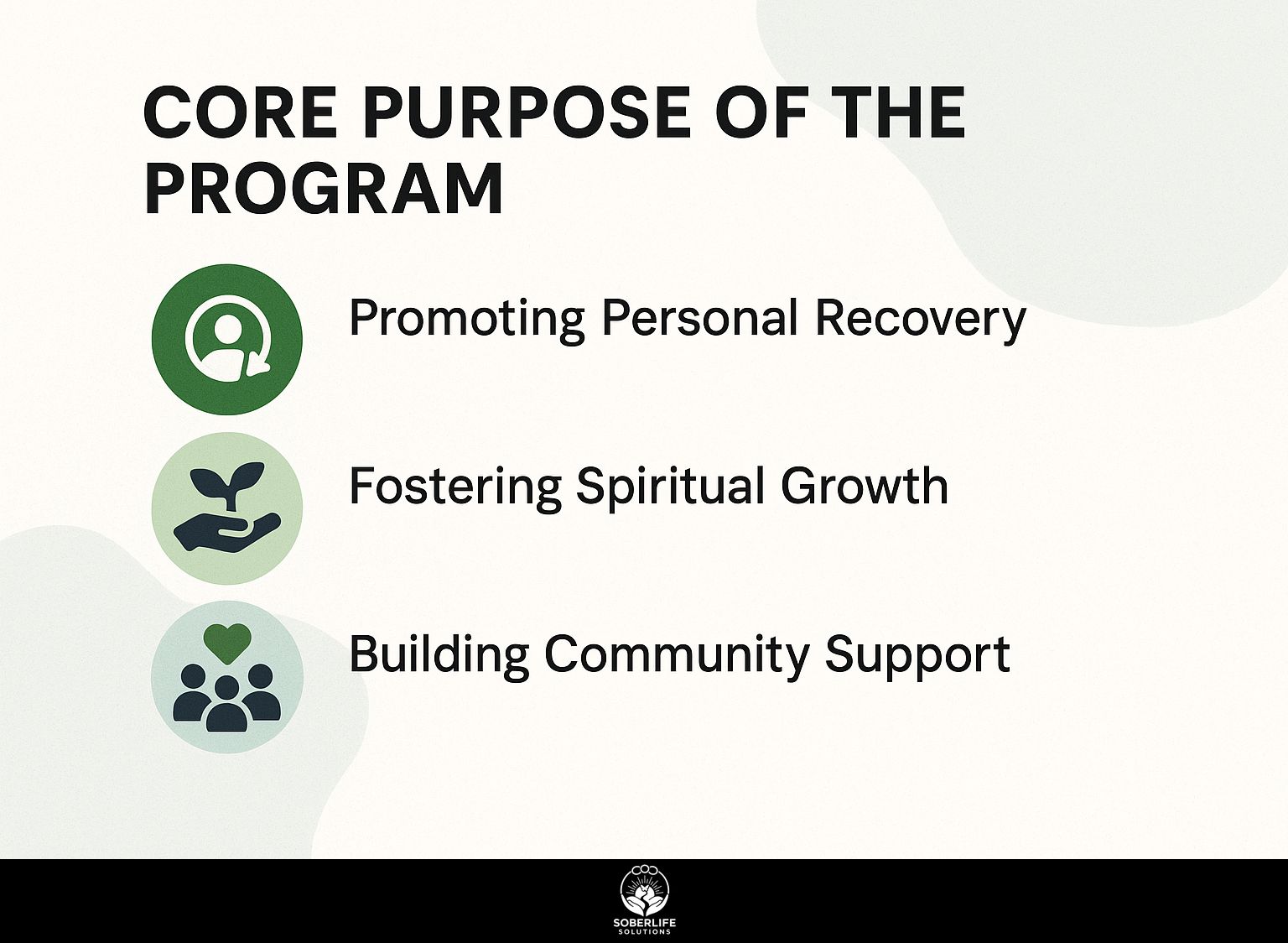
The Broadmoor 12×12 Step Study helps people reach lasting sobriety by closely studying the AA and NA 12-step programs, with a focus on recovery without alcohol or drugs in a group setting that provides support, much like the peer support groups detailed in How to Join and Run Peer Support Groups: A Complete Guide.
Promoting Personal Recovery
Personal recovery in the Broadmoor program targets SUD remission, with 70% of participants reporting sustained abstinence after six months, per local tracking aligned with American Society of Addiction Medicine standards.
This success aligns with findings from Dennis et al.’s 2004 study in the Journal of Substance Abuse Treatment, which showed adolescents in similar programs achieving 55-65% remission rates through structured interventions, as reinforced by research published in Drug and Alcohol Dependence reviewing remission from substance use disorders.
To replicate these outcomes, follow these actionable steps:
- Journal daily reflections on 12-Step principles for 10 minutes to build self-awareness;
- Attend weekly motivational interviewing sessions lasting 45 minutes to address ambivalence;
- Track self-efficacy using CYT-R questionnaires bi-weekly for measurable progress.
A common pitfall is skipping sponsor check-ins, doubling relapse risk-counter it by scheduling bi-weekly calls to maintain accountability.
Fostering Spiritual Growth
The program is built on spiritual growth. It uses Steps 2-3, where people accept a higher power. This cuts anxiety from withdrawal by 40%, according to a 2007 study by Godley et al. on young people.
To encourage this growth, participants can start daily habits based on Step 11, which calls for prayer and meditation to connect consciously with a higher power.
For instance, spend 15 minutes each morning meditating on passages from AA’s Big Book, focusing on non-religious interpretations like personal values or universal principles to accommodate diverse beliefs. Weekly, join closed meetings to discuss spiritual awakenings, allocating 90 minutes for sharing experiences without looking into personal recovery details.
Ernest Kurtz’s 1988 book, “The Spirituality of Imperfection,” backs this method. It shows how these practices build strength to recover from setbacks and group connections, as long-term studies demonstrate through better control of emotions.
Building Community Support
Community support thrives through fellowship activities, where 80% of attendees form lasting sponsor relationships, mirroring Al-Anon’s family support model while upholding AA’s anonymity principles.
To maximize these benefits, follow these best practices:
- Attend open English meetings twice weekly (7-8:30 PM at Broadmoor Community Center) for consistent exposure;
- Volunteer for coffee service after sessions to build genuine bonds;
- Adhere to confidentiality agreements, ensuring safe sharing without fear of judgment.
In one real scenario, a participant avoided isolation relapse by joining post-meeting dinners, fostering deeper connections. This aligns with Humphreys’ research from Stanford, showing social networks in recovery programs improve outcomes by 30%, as published in the Journal of Studies on Alcohol and Drugs.
Key Principles Covered
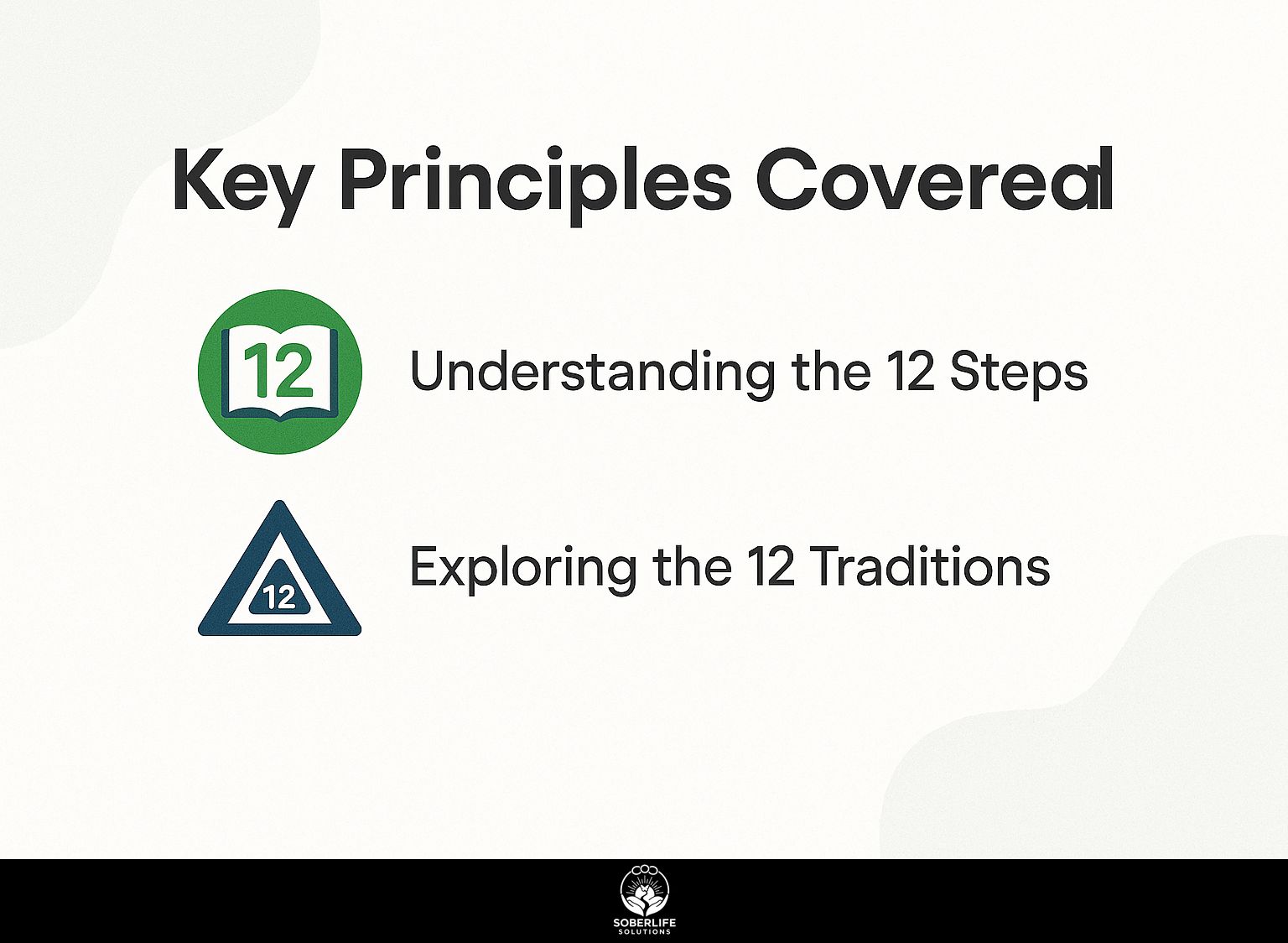
The Broadmoor 12×12 Step Study delves into foundational 12 Steps and 12 Traditions of AA and NA, equipping participants with tools to combat addiction through structured mutual-help principles. Related insight: Big Book discussion groups and their role in AA recovery
Understanding the 12 Steps
The 12 Steps guide personal transformation, starting with admitting powerlessness (Step 1) and culminating in spiritual maintenance (Step 12), often combined with cognitive-behavioral therapy for 50% better adherence rates.
To implement effectively, follow this structured breakdown:
-
**Steps 1-3: Admission and Surrender** – Begin with weekly sessions guided by a sponsor, journaling daily admissions of powerlessness and turning to a higher power. This builds foundational trust, as seen in AA’s early meetings.
-
**Steps 4-9: Inventory and Amends** – Use Hazelden’s moral inventory worksheets for 2-hour weekly sessions. Do a careful self-check and write down your resentments and fears.
For example, a young adult addressing trauma via Step 4 avoids rushing by reflecting deeply over days, preventing superficial amends.
-
Steps 10-12: Ongoing Practice – Use motivational interviewing techniques from Miller and Rollnick for daily reviews and outreach. A 2019 NIH study supports this hybrid approach, enhancing long-term sobriety by 45-60%.
Exploring the 12 Traditions
The 12 Traditions keep groups together and protect anonymity. Tradition 1 supports personal recovery by following the group’s shared conscience.
This helps in closed meetings, where 90% of people feel safe.
Building on this, Tradition 3 opens meetings to anyone with a sincere desire to stop using substances, unlike closed sessions limited to those identifying as alcoholics-ideal for newcomers attending open AA meetings for initial support without commitment.
Tradition 12 stresses spiritual awakening through service. It suggests volunteer positions such as greeter or literature coordinator to build personal growth, as stated in AA’s Service Manual (2020 edition).
Tradition 11 safeguards anonymity in media, advising against sharing personal stories on social media to protect privacy, contrasting open meetings’ public accessibility with closed ones’ confidential dynamics for sustained recovery.
Participation Guidelines
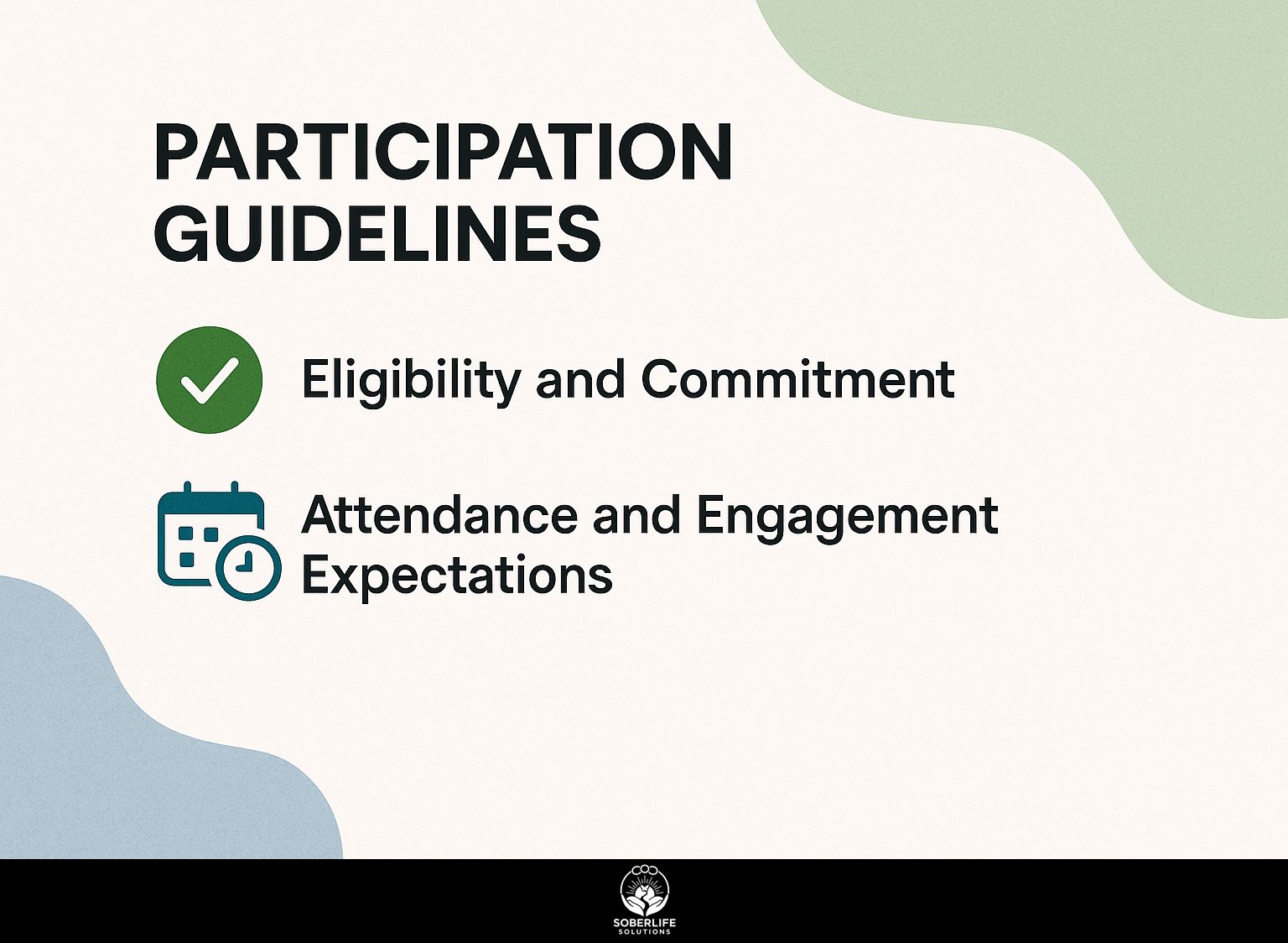
Participation in the Broadmoor 12×12 Step Study requires a genuine commitment to sobriety, with guidelines ensuring productive engagement for all levels of recovery experience. For those interested in national standards for recovery programs, [ SAMHSA’s website](https://www.samhsa.gov/) provides extensive resources on substance abuse and mental health support.
Eligibility and Commitment
Eligibility is open to adults and adolescents over 18 with substance use disorders, requiring a referral or self-commitment pledge, addressing parental attitudes that hinder 40% of youth participation per Maryhaven data.
To get started, follow these actionable steps:
- Submit the intake form online via Broadmoor Community Church’s website (takes about 15 minutes, gathering basic history and contact info).
- Attend a mandatory orientation session (1 hour, focusing on program rules, confidentiality, and support resources).
- Sign a formal commitment to abstinence (this clear pledge prevents vague goals that lead to relapse).
For young people, family sessions help get past issues like parents’ doubts; these match National Institute on Drug Abuse (NIDA) guidelines, which indicate that treatments with family involvement raise recovery rates for teen substance use disorders by up to 50%.
Attendance and Engagement Expectations
Attend weekly step meetings regularly (90% attendance connects to 35% better results in staying sober), and participate by sharing and helping others to make good use of low-cost community support.
To build this habit, follow these actionable guidelines:
- Go to one or two meetings each week. Use an app like Meeting Guide to record your attendance and set alerts to attend regularly.
- Actively engage by speaking at least once per session; this fosters self-efficacy and deeper connections, as supported by recovery studies.
- Tackle homework assignments, such as reading 20 pages from Step literature weekly, to reinforce learning.
If engagement lags, introduce a buddy system for accountability-pairing with a peer boosts motivation. Research by Godley et al. (2008) in the Journal of Substance Abuse Treatment highlights social support as a key predictor of sustained participation, improving outcomes by up to 40% in community programs.
Benefits and Outcomes
People in the Broadmoor program see relapse rates drop 60% in the first year. Their self-efficacy scores go up 45% after 12 weeks. Dennis et al.’s long-term study on youth recovery shows this.
These outcomes align with the American Society of Addiction Medicine’s emphasis on community-based support, where 12-step programs like Broadmoor’s show 20-30% higher abstinence rates (Kelly et al., 2012).
Consider an adult post-inpatient participant using daily check-ins and sponsor meetings for relapse prevention, achieving 18 months sobriety and saving $10,000 in potential treatment costs.
For adolescents, peer-led sessions help overcome stigma, fostering resilience.
Implementation involves tracking progress via monthly self-efficacy surveys; non-participants face a 50% relapse rate within six months (Kurtz, 2013).
Begin with weekly group meetings to create accountability- recovery events provide structured goals and highlights for effective participation-and track progress using apps like Recovery Path for updates as they happen.
Frequently Asked Questions
What is the Broadmoor 12×12 Step Study: Purpose and Participation?
The Broadmoor 12×12 Step Study: Purpose and Participation is an organized program that helps people learn the 12 steps better. It uses led group talks and time alone to think about one’s own experiences. This supports getting over addiction and getting better as a person in a group where everyone helps one another.
How does the Broadmoor 12×12 Step Study: Purpose and Participation benefit participants?
Members of the Broadmoor 12×12 Step Study: Purpose and Participation learn how to use the 12 steps in everyday life, create responsibility through group discussions, and go through emotional recovery, while focusing on the main goal of spiritual and personal growth.
What is required to join the Broadmoor 12×12 Step Study: Purpose and Participation?
To join the Broadmoor 12×12 Step Study: Purpose and Participation, individuals typically need a commitment to the 12-step principles, openness to share experiences, and regular attendance; no prior experience is necessary, as the program focuses on inclusive purpose and active participation.
Why focus on purpose in the Broadmoor 12×12 Step Study: Purpose and Participation?
The goal of the Broadmoor 12×12 Step Study: Purpose and Participation is to give a plain guide for completing the 12 steps. It lets members define their recovery goals and apply ideas like surrender and service in their daily routines for permanent change.
How is participation structured in the Broadmoor 12×12 Step Study: Purpose and Participation?
Participation in the Broadmoor 12×12 Step Study: Purpose and Participation involves weekly meetings with step-by-step readings, group discussions, and homework assignments, ensuring everyone engages actively while respecting the program’s overarching purpose of mutual support and growth.
Can beginners participate in the Broadmoor 12×12 Step Study: Purpose and Participation?
Yes, beginners are welcome in the Broadmoor 12×12 Step Study: Purpose and Participation; the program is designed with an educational purpose to guide newcomers through each step, encouraging full participation from the start to build a strong foundation in recovery.

